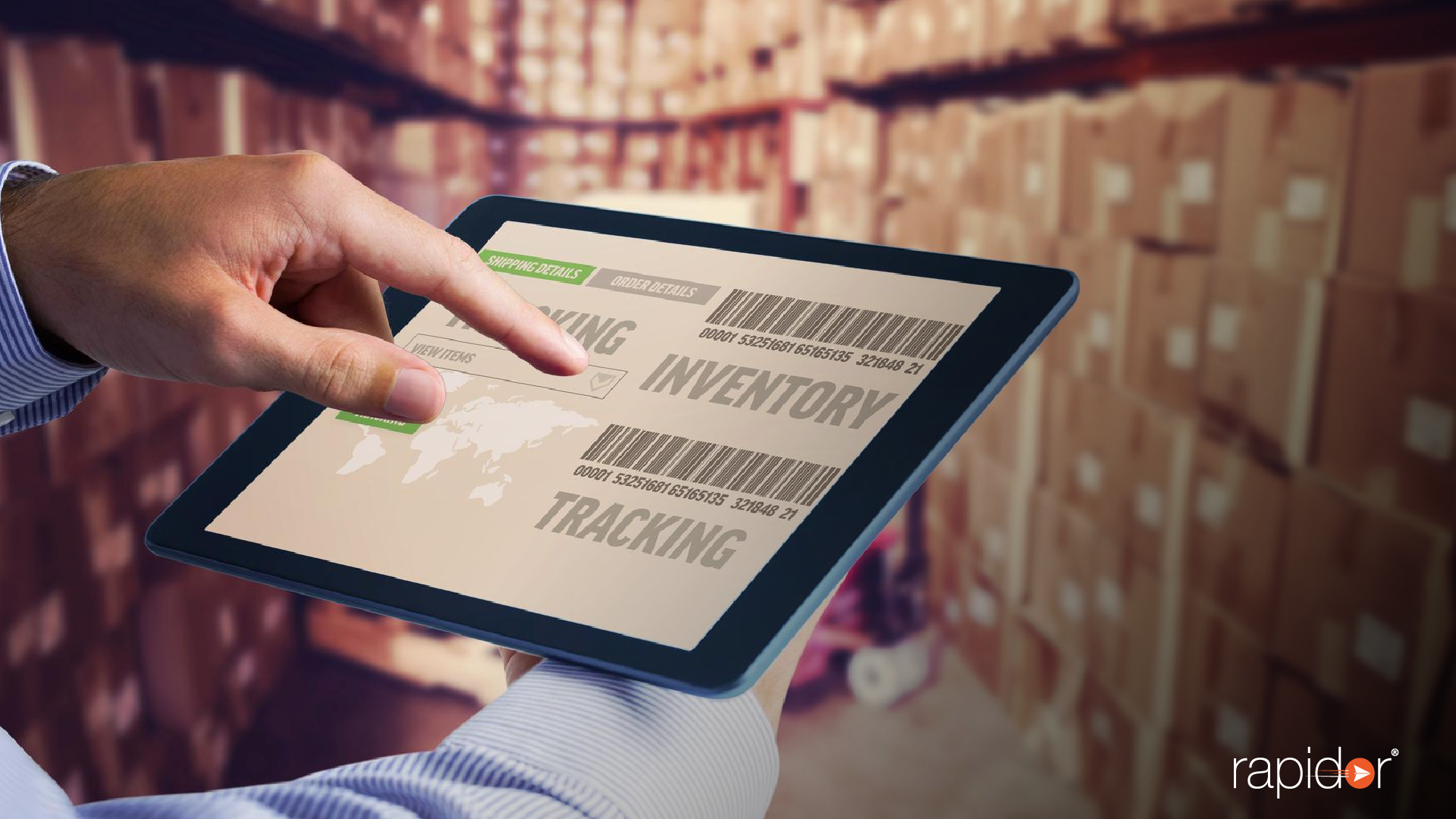Efficiency is the key to success in the complicated world of dairy distribution, where timing, temperature control, and coordination between many different organisations are all very important. Distributors have to deal with a lot of problems to make sure that dairy goods move smoothly from farmers to processors, retailers, and finally to consumers.
But now that technology has gotten better, the Distribution Management System (Distribution Management Systems) has come along to change the way distribution works. In this article, we’ll talk about the problems with dairy distribution, the need for more efficiency, how a Distribution Management Systems works, its most important parts, and how it makes the dairy distribution business more efficient.
Distribution Management System: Understanding the Problems with Dairy Distribution
Because dairy products go bad quickly, the dairy business faces unique problems. Timing and controlling the temperature are two of the most important ways to make sure that dairy products stay fresh and good throughout the distribution process.
The distribution network is also made more complicated by the need for farmers, processors, retailers, and customers to work together. Without good management and teamwork, there can be delays, waste, and unhappy customers.
Calls for better efficiency with Distribution Management System
In the fast-paced business world of today, you need real-time data to make good choices about distribution. To run their businesses as well as possible, distributors need reliable and up-to-date information on inventory levels, sales data, and patterns of demand. Efficiency not only cuts down on waste, but it also helps keep product quality high. For example, dairy goods need to be delivered on time and handled correctly to stay fresh. Meeting customers’ standards for on-time delivery puts a lot of pressure on the distribution process, so efficient solutions are needed.
How a System for Managing Distributors Works
A Distribution Management System (Distribution Management Systems) is an all-in-one piece of software that simplifies and handles different parts of distribution management. It uses technology to connect to other systems like inventory management, sales, and logistics. This makes coordination easier and improves the general efficiency of the business. A distribution management system (Distribution Management Systems) optimises the entire distribution process by using inventory management software, PO software, order management systems, stock management software, fleet management software, and transportation software.
Parts of a Distribution Management System that are essential
Goods Management
A Distribution Management Systems keeps track of goods in real time, so distributors can keep an accurate eye on stock levels. Automated reordering makes sure that stock is always restocked quickly, preventing stockouts and overstocking. By using inventory management software, distributors can keep track of their stock better and lose less.
Route Optimisation
A Distribution Management Systems can help distributors find the best shipping routes. The method plans the best routes for drivers by taking things like distance, traffic, and delivery time windows into account. Real-time tracking lets you make changes in case of delays or problems that come up out of the blue. This keeps packages on time and makes customers happier.
Data analytics
A Distribution Management Systems collects and analyses data from different sources to give actionable information about performance, efficiency, and profitability. With the system’s analysis, distributors can spot trends, make choices based on data, and improve their operations. Distributors can make their distribution methods better all the time by using data analytics.
Using a Distribution Management System to make the distribution of milk more efficient
Getting the best out of route planning and tracking
A Distribution Management Systems is a key part of figuring out the best way to plan and track routes for delivering dairy products. Using fleet management software and logistics software, the system takes into account a number of factors to build efficient delivery routes that save time and gas. Real-time tracking lets distributors keep a close eye on orders and deal well with problems or delays that come up out of the blue. For example, if a driver gets stuck in traffic, the system can quickly suggest other routes to avoid delays and make sure that dairy goods get where they need to go on time.
Improving the way inventory is managed and cutting down on stockouts
A Distribution Management Systems is also important because it helps handle inventory in an automated way. By using software for stock management, distributors can keep accurate track of their inventory levels, get real-time information on how their stock is moving, and set automated re-ordering thresholds. This proactive method helps avoid having too much stock, which cuts down on waste and the costs that come with it. Also, reducing stockouts makes customers happier and helps distributors keep sales at a steady level.
Using computers to handle claims
Processing claims by hand can take a lot of time and lead to mistakes in dealer management. But a Distribution Management Systems speeds up this process by automating how claims are submitted, checked, and processed. Distributors can make the whole claims management process easier by using order management tools and integrating them with the Distribution Management Systems. Automation improves accuracy, cuts down on handling time, and helps distributors and retailers get along better by resolving claims faster.
Conclusion
The dairy distribution industry meets a number of problems, such as the fact that dairy products go bad quickly, the need to keep track of time and temperature, and the coordination between many different groups. Distributors are looking to Distribution Management Systems (Distribution Management Systems) to improve efficiency and deal with these problems.
A Distribution Management Systems optimises route planning, streamlines inventory management, and automates claims processing by using inventory management software, order management systems, transportation software, and other technologies that work together. With a Distribution Management Systems, dairy distributors can save a lot of time and money, reduce waste, make customers happier, and keep the standard of their products up in the competitive dairy market.


